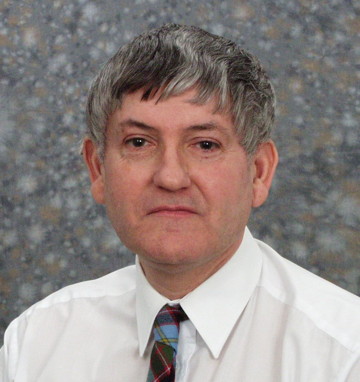You are here
2014 Doggett Prize Winner - F. Richard Stephenson
F. Richard Stephenson Awarded the 2014 LeRoy E. Doggett Prize
by Jarita C. Holbrook and Joseph S. Tenn
 The Historical Astronomy Division of the American Astronomical Society is pleased to announce that Professor F. Richard Stephenson is the ninth recipient of the LeRoy E. Doggett Prize for Historical Astronomy. The Division"s highest honor, the Doggett Prize is awarded biennially to an individual who has significantly influenced the field of the history of astronomy by a career-long effort.
The Historical Astronomy Division of the American Astronomical Society is pleased to announce that Professor F. Richard Stephenson is the ninth recipient of the LeRoy E. Doggett Prize for Historical Astronomy. The Division"s highest honor, the Doggett Prize is awarded biennially to an individual who has significantly influenced the field of the history of astronomy by a career-long effort.
The 2014 Doggett Prize is presented to Professor Stephenson in recognition of his research, writing, teaching, and leadership in the historical astronomy community. An emeritus professor and honorary research fellow at the University of Durham, Dr. Stephenson is widely considered to be the founder of the field of applied historical astronomy. He has done exemplary work in searching ancient records for entries related to astronomical events, such as eclipses and supernovae, that would have been spectacular to our ancestors. On one level, finding such entries is of historical importance. Dr. Stephenson went further, however, by extracting information of importance to modern scientists, such as precise dating of eclipses and changes in the appearances of supernovae. His research has provided convincing evidence that the study of ancient records can contribute not only to the history of astronomy but also to the solution of problems in contemporary astronomy and geophysics.
For more than 45 years, Professor Stephenson has applied records from ancient and medieval East Asia (China, together with Korea and Japan); ancient Babylon; the medieval Arab world; and ancient and medieval Europe to modern problems. These records have allowed him to investigate long-term trends, of which the most important is the change in the Earth's rate of rotation: Working with Leslie V. Morrison, he has determined the average lengthening of the day over the past 2700 years and found long-term fluctuations in the length of the day. His 1997 book, Historical Eclipses and Earth’s Rotation, received high praise. One reviewer wrote, "It is a Herculean task involving the collection of reports of historical eclipses, which tend to be incomplete (lumps of clay tablet missing, or the reporter failing to note vital details such as the time and location), in exotic languages (Babylonian, Assyrian, Chinese etc.), and with reference to obscure calendars. Each report presents a problem which can be solved only by scholarship of the highest order to yield useful scientific data."
Around 1970 Professor Stephenson began searching the historical records for evidence of galactic supernovae. At the time only three — appearing in 1054, 1572, and 1604 — were definitely recognized with their remnants identified. Since then he has examined and translated ancient records, mostly Chinese, and, working with two radio astronomers, first David H. Clark, and later David A. Green, has analyzed many possible sightings and inspired searches for their remnants. As a result two more, observed in 1006 and 1181, have been accepted. His 1977 book with Clark, The Historical Supernovae, is a classic, while his later publication with Green, Historical Supernovae and their Remnants (2002) includes more ancient texts, from the Arab world as well as East Asia, and describes modern searches for the remnants with X-ray as well as radio telescopes. Observations of several other possible supernovae are discussed, with just three considered likely.
Dr. Stephenson has made additional important studies of the past orbit of Halley’s Comet, solar variability, oriental star maps, ancient chronology in several regions, and the accuracy and reliability of pre-telescopic observations.
The author or editor of ten books and more than 200 research papers, Dr. Stephenson has organized conferences on three continents and supervised graduate students in historical astronomy. He remains a leader in the field he essentially founded, applied historical astronomy. The Historical Astronomy Division is pleased to recognize his achievements.
